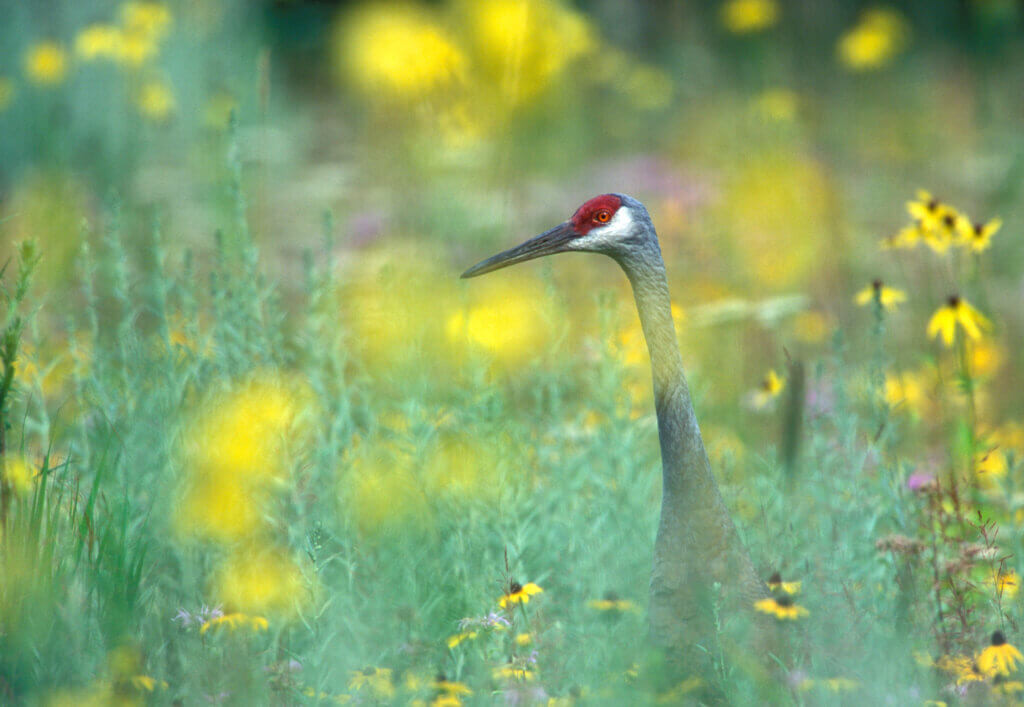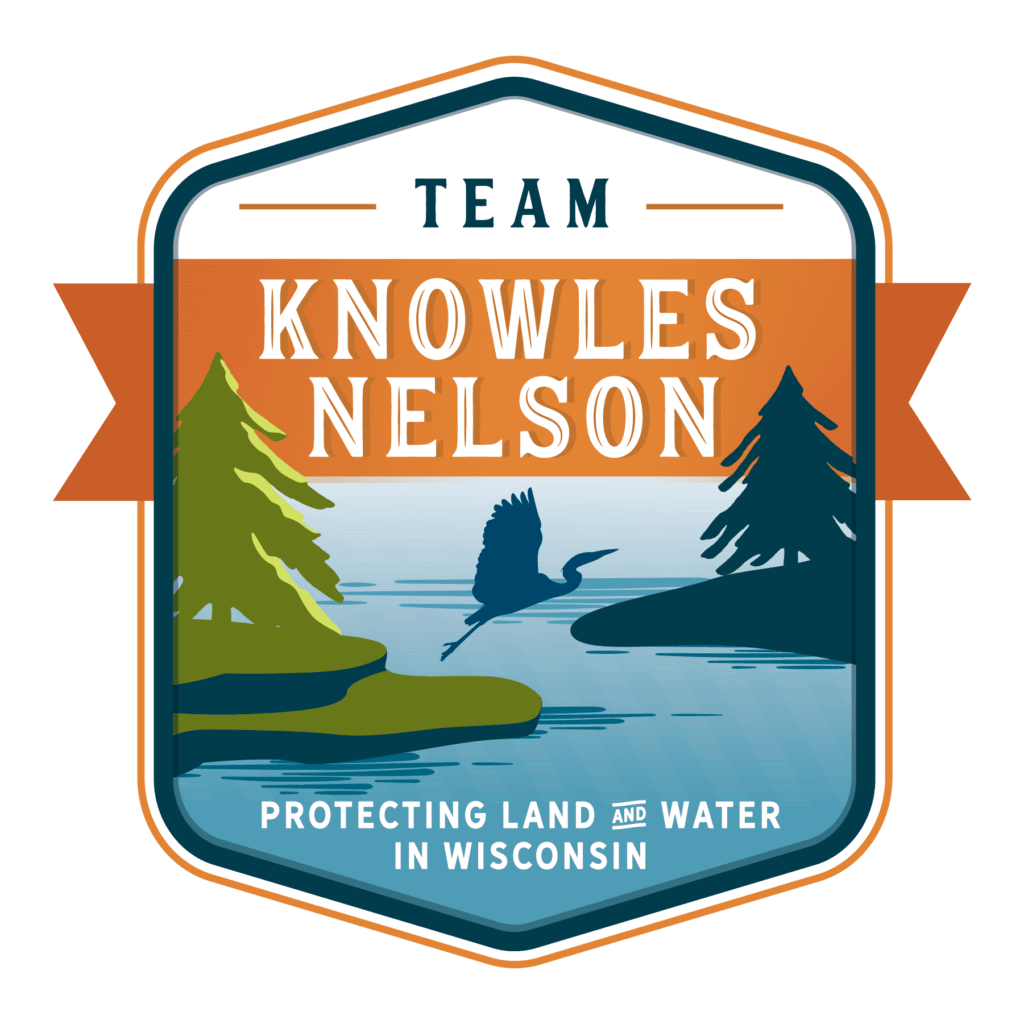
Learn about the services nature provides to us, and how we can value nature’s work by protecting it.
It can be challenging to place a dollar value on nature’s work because the products of that labor are not bought and sold like lumber, energy, or agricultural goods. But researchers have been studying how to quantify nature’s work, what scientists call ecosystem services. So we went deep into the academic literature and crunched all the numbers.
We asked, what is the dollar value of nature’s work on the 650,000,000 Wisconsin acres protected by Knowles-Nelson Stewardship investments? To do that, we analyzed the land cover of each Knowles-Nelson parcel, we sorted through the values scientists have given to different habitat types, and we built some huge spreadsheets.
We know that nature holds value in so many ways that cannot be quantified. One can’t put a price on a community’s connection to a special place, the feeling of rejuvenation a quiet walk provides, or the anticipation of how future generations will value our work. Nevertheless, the numbers are impressive, and quantifying nature’s work is one more way to share just how important it is to protect the places that make Wisconsin special. Here’s what we found.
Every year, lands conserved with Knowles-Nelson dollars return $2 billion in natural services. That means that every year Knowles-Nelson Stewardship lands return nearly twice as much to Wisconsin as we’ve invested over the last 30 years. That’s quite the value. $3,000 per acre, in fact.
What are nature’s services? We included climate regulation, flood mitigation and water supply, biodiversity protection, recreation opportunity, and cultural value. Not included in our analysis are commodities traded in markets like agricultural goods, timber, or the value of wages earned in the recreation and forestry economies.
No matter where you live, nature works for you. When you visit a Knowles-Nelson property, you get the benefits of recreation and wellbeing. Those who live nearby might benefit from flood mitigation, ground water supplies that are replenished, or the increases in property values that go along with living near conserved lands. And those who live far away and never visit still reap all the benefits of climate regulation and biodiversity. No matter where we live, we depend on our forests and grasslands to store carbon and help regulate the water cycle.
Interested in how we calculated the numbers and the details of our findings? Download the full paper!
knowlesnelson.org is supported and maintained by Gathering Waters, Inc., a nonprofit, tax-exempt charitable organization (tax identification number 39-1805090) under Section 501(c)(3) of the Internal Revenue Code.
CC BY NC Except where otherwise noted, content on this site is licensed under a Creative Commons Attribution-NonCommercial 4.0 International License. Attribution: Gathering Waters
